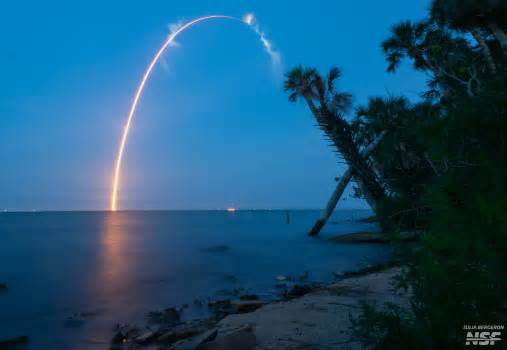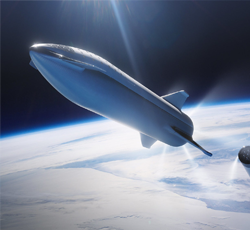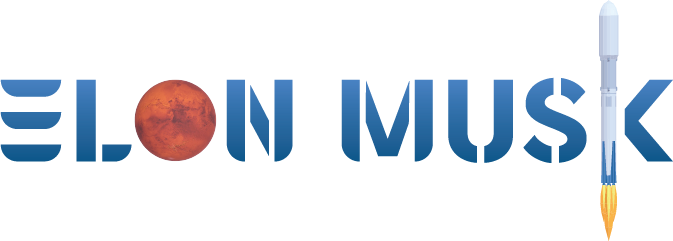
Launch Roundup: Falcon 9 set to fly 500th...
- by NASASpaceFlight.com
- Jul 07, 2025
- 0 Comments
- 0 Likes Flag 0 Of 5

Falcon 9 | Starlink Group 10-28
As noted above, this mission will mark the 500th orbital launch of a Falcon 9, the first of which flew just over 15 years ago on June 4, 2010, from the same pad. Launch is scheduled for the start of the typical four-hour window, which opens on Tuesday, July 8, at 1:48 AM EDT (05:48 UTC) from SLC-40 at the Cape Canaveral Space Force Station in Florida.
Onboard will be a batch of 28 Starlink v2-Mini high-speed internet communications satellites headed into low-Earth orbit at an altitude of 279 km, inclined 53.16 degrees. This will be the 19th mission into this shell, which saw its first launch just over a year ago, the vast majority of which have launched from this pad.
Four recent missions building the Group 10 shell have carried 27 satellites. The Starlink Group 10-18 mission was the last time a batch of 28 satellites was lofted, launching from this same pad on June 18.
Booster B1077 is supporting this mission on its 22nd flight. It is expected to land approximately eight minutes into the mission on the deck of the droneship A Shortfall of Gravitas, for what would be SpaceX’s 490th recovery attempt. The booster has been active since it first lofted Crew-5 into orbit in early October 2022. Since then, it has returned to the International Space Station carrying the CRS-28 and NG-20 and also launched Optus-X, Galaxy 37, Inmarsat I-6 F2, GPS III SV06, and numerous Starlink missions.
Falcon 9 | Unconfirmed Payload
Based on NOTAMs, an additional launch is currently anticipated from SLC-40 on Friday, June 11, when a nearly five-hour launch window will open at 11:52 PM EDT (03:52 UTC on July 12). This mission is heading to a geostationary transfer orbit and is suspected to be for the Israeli Dror 1 communications satellite.
Little is known about the satellite beyond a launch mass of around 4,000 kg and that it has been constructed on the Israel Aerospace Industries AMOS-HP bus with an approximate 14-year lifespan. Intelsat is understood to be providing launch and early orbit phase (LEOP) services for the craft.
View of the Eris rocket and the launch pad at the spaceport in Bowen, Australia. (Credit: Gilmour Space)
Please first to comment
Related Post
4 Electric Car Prices That Tesla Can’t Beat
- Jul 30, 2025
Tesla Model 3 Wireless Charging - Jeda Review
- Jul 30, 2025
Stay Connected
Tweets by elonmuskTo get the latest tweets please make sure you are logged in on X on this browser.






 Energy
Energy


















